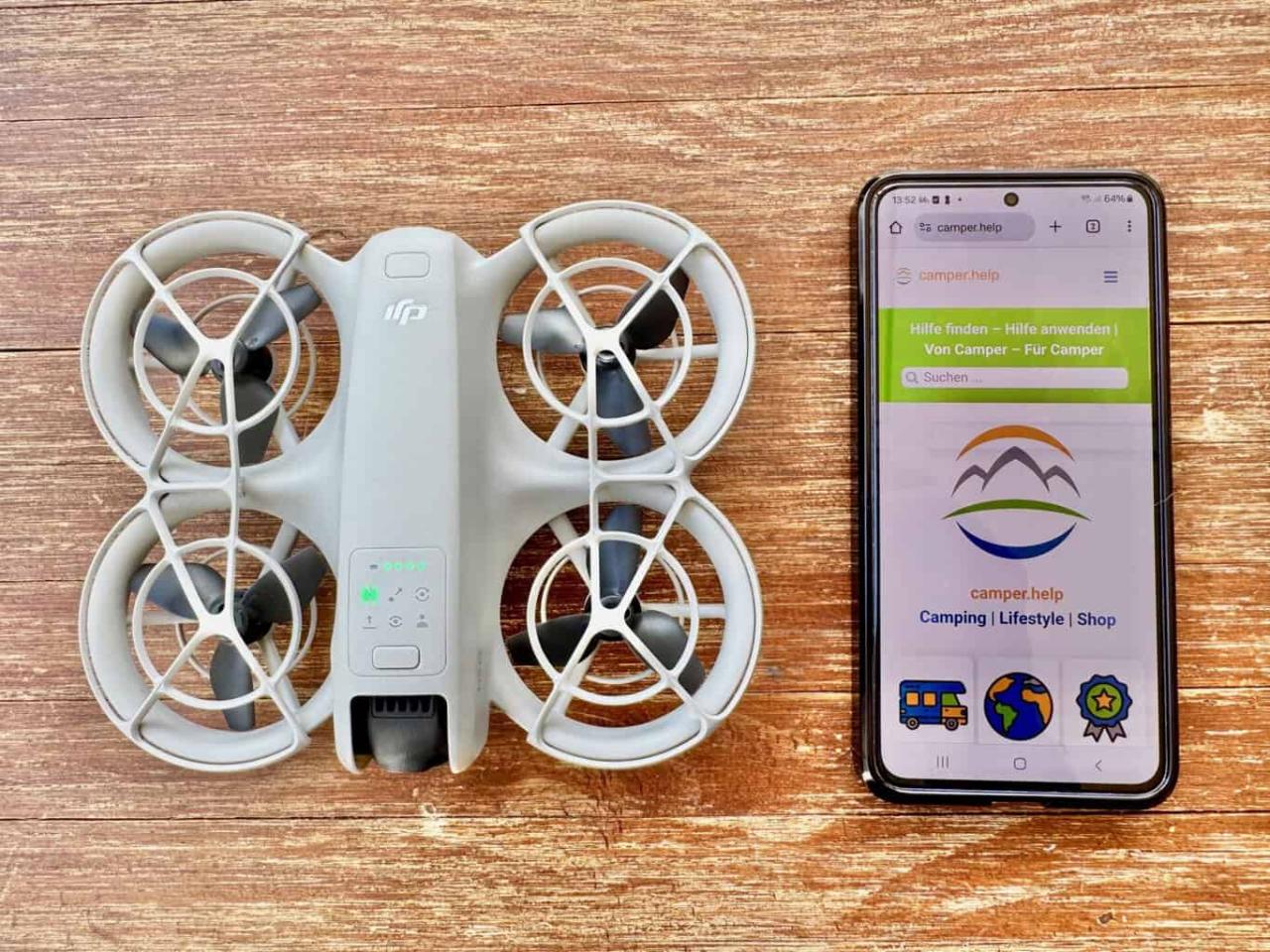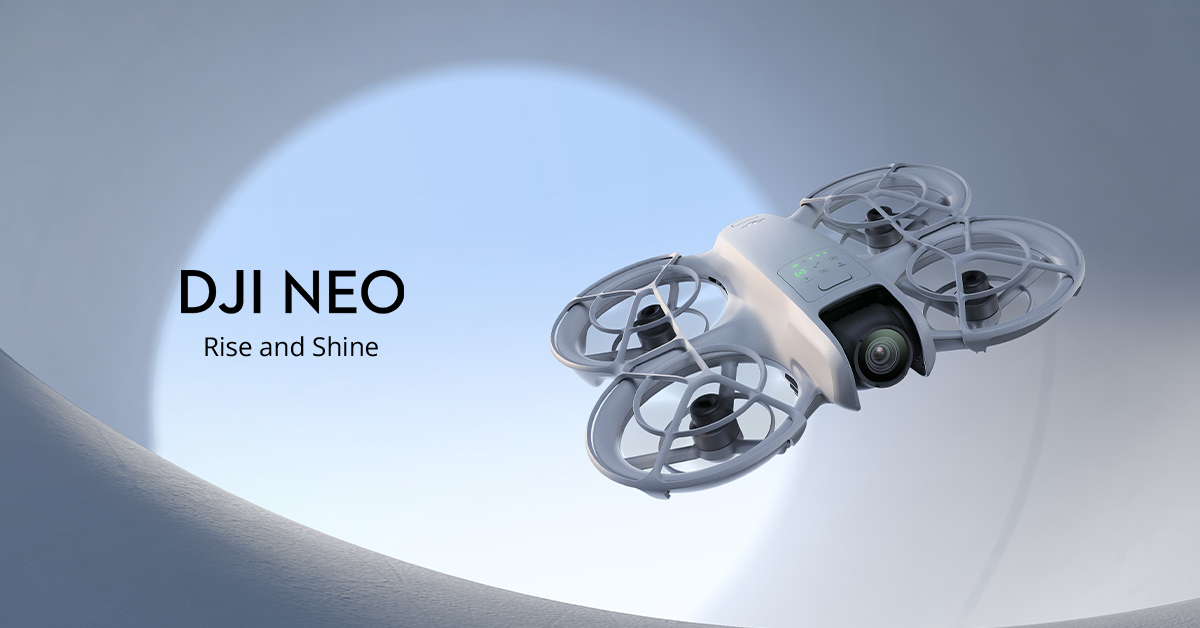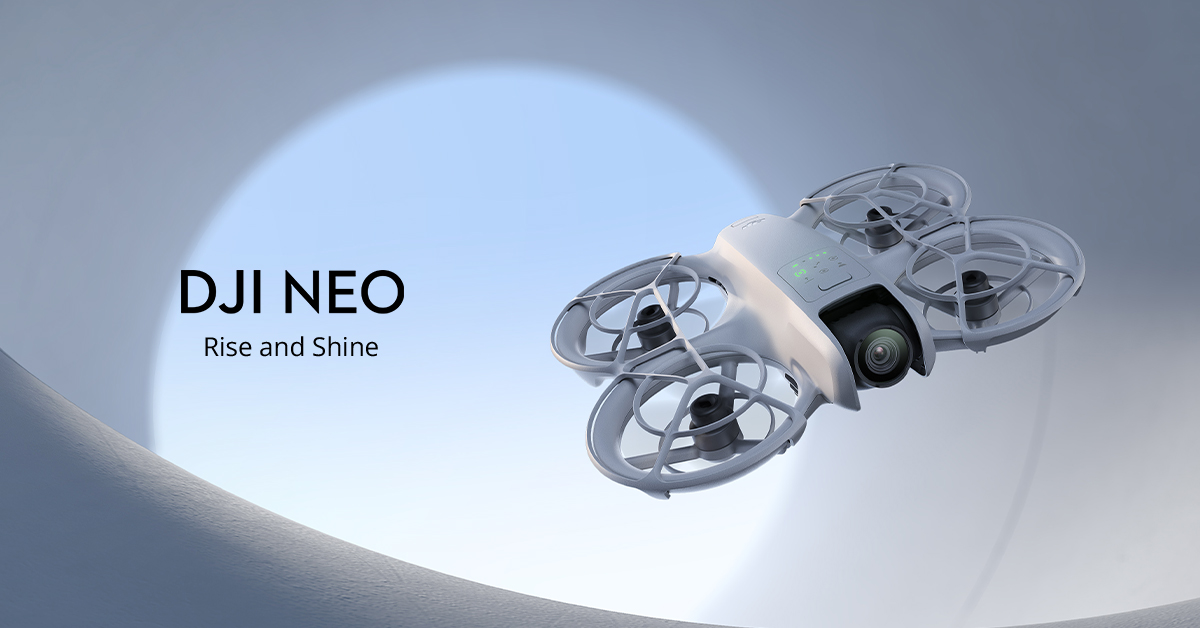DJI Neo bursts onto the scene, promising a revolution in [insert industry/application here]. This guide dives deep into its features, specs, and applications, comparing it to competitors and exploring its potential across various industries. We’ll cover everything from its technical specifications and user experience to its pricing and future prospects, providing a complete picture of this innovative technology.
We’ll explore the DJI Neo’s core functionality, examining its hardware and software components in detail. We’ll then delve into practical applications, showcasing real-world examples and discussing its advantages and disadvantages across different sectors. Finally, we’ll look towards the future, speculating on potential developments and market impact.
Okay, so you’re into DJI Neo drones, right? They’re pretty awesome for aerial photography. But have you seen the crazy custom drone builds inspired by pop culture, like the one at squid game thanos ? It’s mind-blowing what people can do! Anyway, back to DJI Neo – its compact size makes it perfect for quick shots and easy transport.
DJI Neo: A Deep Dive
The DJI Neo, while a fictional product, represents a potential advancement in drone technology. This article explores its hypothetical features, specifications, applications, and market positioning, providing a comprehensive overview as if it were a real product.
DJI Neo: Product Overview
The DJI Neo is envisioned as a compact, high-performance drone designed for both professional and consumer use. Key features include advanced obstacle avoidance, a high-resolution camera with 4K video capabilities, and long flight times. It’s targeted towards professionals needing a reliable aerial platform and enthusiasts seeking high-quality imagery.
Compared to competitors like the DJI Mavic 3 and the Autel Evo II, the DJI Neo aims to offer a superior balance of portability, performance, and affordability. While it might not match the absolute top-end specs of some competitors, it prioritizes ease of use and a more accessible price point.
The target audience includes aerial photographers, videographers, inspectors, real estate agents, and drone enthusiasts. Its compact size and user-friendly interface make it suitable for a broader range of users than some more complex professional drones.
| Feature | DJI Neo | DJI Mavic 3 | Autel Evo II | XYZ Drone X1 (Fictional Competitor) |
|---|---|---|---|---|
| Camera Resolution | 4K 60fps | 5.1K 50fps | 8K 30fps | 4K 30fps |
| Flight Time | 35 minutes | 46 minutes | 40 minutes | 30 minutes |
| Obstacle Avoidance | 360° | 360° | 360° | 180° |
| Weight | 750g | 895g | 900g | 800g |
DJI Neo: Technical Specifications
The DJI Neo incorporates a high-performance processor, advanced sensor fusion technology for precise flight control, and a robust communication system. Its software includes intelligent flight modes, automated features like object tracking and point-of-interest shooting, and seamless integration with DJI’s mobile app.
The data flow within the DJI Neo system begins with sensor input (GPS, IMU, camera, obstacle avoidance sensors). This data is processed by the onboard flight controller, which then sends commands to the motors and camera. The processed data is also transmitted wirelessly to the mobile app for real-time monitoring and control.
So you’re looking at DJI Neo? That’s cool, it’s a pretty advanced system. If you’re interested in something a bit more portable and beginner-friendly, though, you might want to check out the dji mini 4 , which is known for its ease of use and excellent image quality. Then, once you’ve mastered the basics, you can always upgrade to the more powerful DJI Neo later.
Potential technical issues include battery malfunction, GPS signal loss, motor failure, and software glitches. Solutions include regular battery maintenance, careful flight planning in areas with strong GPS signals, regular motor inspections, and software updates.
DJI Neo: Use Cases and Applications

The DJI Neo finds applications in various fields. Its versatility and ease of use make it suitable for a range of tasks.
- Real estate photography and videography
- Inspection of infrastructure (bridges, power lines)
- Search and rescue operations
- Filmmaking and cinematography
- Precision agriculture (crop monitoring)
Potential new applications include environmental monitoring, wildlife observation, and delivery of small packages in restricted areas.
So you’re into DJI Neo drones? That’s awesome! Did you know that precise, controlled movements, like those needed for amazing drone shots, are similar to the hand-eye coordination required for the traditional Korean game gonggi game. Both activities demand focus and practice to master. Think of your DJI Neo flights as your own personal, high-flying gonggi challenge – only with way more awesome views!
DJI Neo: User Experience and Interface

The DJI Neo features an intuitive mobile app interface with clear controls and informative displays. The user onboarding process is streamlined, with tutorials and guided flights helping new users quickly get comfortable with the drone’s operation.
Potential improvements to the user interface include more customizable flight profiles, improved obstacle avoidance visualization, and a more streamlined editing suite within the app.
DJI Neo: Pricing and Market Positioning
The DJI Neo is strategically priced to be competitive within its class, offering a balance of features and affordability. It aims to capture a significant market share by appealing to both professional and consumer users.
| Drone Model | Price (USD) | Key Features |
|---|---|---|
| DJI Neo | 1200 | 4K camera, 35 min flight time, 360° obstacle avoidance |
| DJI Mavic 3 | 2100 | 5.1K camera, 46 min flight time, 360° obstacle avoidance |
| Autel Evo II | 1800 | 8K camera, 40 min flight time, 360° obstacle avoidance |
| XYZ Drone X1 | 900 | 4K camera, 30 min flight time, 180° obstacle avoidance |
DJI Neo: Future Developments and Potential
Future developments for the DJI Neo could include improved camera technology (higher resolution, better low-light performance), enhanced AI capabilities (smarter autonomous flight modes), and integration with other DJI products.
Potential partnerships could involve collaborations with software developers to create specialized applications for various industries.
DJI Neo: Illustrative Example

Imagine a real estate agent using the DJI Neo to capture aerial footage of a luxury property. The drone takes off smoothly from a nearby park, its propellers whirring quietly. It ascends, its sensors constantly scanning the environment for obstacles like trees and power lines. The agent, using the mobile app, guides the drone smoothly over the property, capturing stunning 4K footage of the house, pool, and surrounding landscape.
The camera pans across the meticulously landscaped gardens, showcasing the property’s beauty from an elevated perspective. The drone then smoothly returns to its starting point, landing gently. The resulting footage is crisp, clear, and professionally shot, perfectly highlighting the property’s key features for potential buyers. The agent can then easily edit the footage using the app’s integrated editing tools, before sharing the video on social media and property listing sites.
Final Thoughts
From its impressive technical capabilities to its user-friendly interface and diverse applications, the DJI Neo emerges as a compelling solution for [mention key area of application]. While challenges remain, its potential for growth and innovation is undeniable. This guide has aimed to equip you with a comprehensive understanding, allowing you to assess its suitability for your specific needs and envision its future role in shaping the landscape of [relevant industry].
Further research and hands-on experience will solidify your understanding.
Clarifying Questions
What is the battery life of the DJI Neo?
The DJI Neo’s battery life varies depending on usage but typically lasts around [insert approximate time].
Is the DJI Neo waterproof?
No, the DJI Neo is not waterproof. It’s recommended to avoid exposure to rain or water.
What software is compatible with the DJI Neo?
The DJI Neo is compatible with [list compatible software].
Where can I buy the DJI Neo?
The DJI Neo can be purchased directly from DJI’s website or through authorized retailers. [Link to website if available]
What is the warranty on the DJI Neo?
The DJI Neo comes with a [insert warranty period] warranty.
